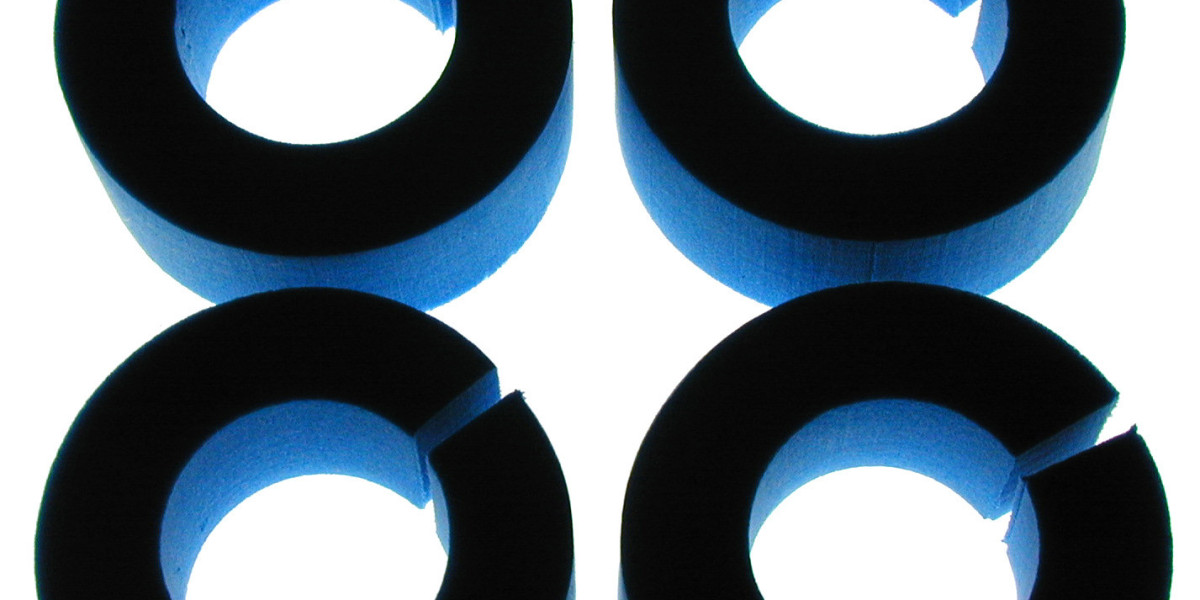Did you know that KPV Peptide is great for chronic pain management?
This peptide has been shown to reduce inflammation at the molecular level, which often underlies persistent pain syndromes such as osteoarthritis, rheumatoid arthritis, fibromyalgia, and neuropathic pain. By targeting inflammatory cytokines and chemokines, KPV can diminish the sensitization of nociceptors—nerve cells that transmit pain signals—leading to a measurable decrease in pain perception over time. Clinical observations have reported improved joint mobility, reduced stiffness, and overall better quality of life for patients who receive regular injections.
What Is KPV Peptide, Anyway?
KPV is a tripeptide composed of the amino acids lysine (K), proline (P), and valine (V). It naturally occurs in various tissues and has been identified as an endogenous modulator of immune responses. In laboratory settings, KPV demonstrates potent anti-inflammatory properties by inhibiting the activation of nuclear factor kappa B (NF-κB) and reducing the production of pro-inflammatory mediators such as tumor necrosis factor alpha (TNF-α), interleukin-1 beta (IL-1β), and interleukin-6 (IL-6). These mechanisms are crucial because chronic inflammation is a major driver of persistent pain.
The peptide’s stability in physiological conditions, coupled with its ability to penetrate cellular membranes, makes it an attractive candidate for therapeutic use. In preclinical models, intramuscular or subcutaneous injections of KPV have led to significant reductions in inflammatory markers and improvements in functional outcomes. Importantly, studies indicate a favorable safety profile with minimal adverse effects reported even at higher dosages.
How the Injection Procedure Works
The injection typically involves administering a sterile solution containing a specific concentration of KPV directly into the affected tissue or surrounding area. The dosage and frequency are tailored to the individual’s condition and https://autovin-info.com/user/litterbean3/ response. For example, patients with knee osteoarthritis may receive injections every two weeks for a course lasting several months. During each session, a healthcare professional cleans the skin, applies local anesthesia if needed, and uses a fine needle to deliver the peptide solution precisely where it is required.
Dosage Guidelines
While there is no universal standard yet, most clinical protocols suggest starting with a dose of 0.1 mg per injection site and adjusting based on pain relief and tolerability. Some practitioners recommend a loading phase of daily injections for one week followed by maintenance doses spaced two to four weeks apart. Continuous monitoring of inflammatory markers and patient feedback helps refine the regimen.
Potential Benefits Beyond Pain Relief
In addition to alleviating chronic pain, KPV peptide injection may offer secondary benefits such as reducing joint swelling, slowing cartilage degradation, and enhancing overall tissue repair processes. By dampening the inflammatory cascade, it can also mitigate comorbidities often associated with long-term inflammation, including cardiovascular risk factors and metabolic disturbances.
Safety Considerations
Patients should discuss any preexisting medical conditions or medications with their provider before starting KPV therapy. Although adverse reactions are rare, there is a potential for mild injection site discomfort, transient redness, or itching. In extremely uncommon cases, allergic responses may occur; therefore, an initial test dose under observation is advisable.
Regulatory Status and Availability
KPV peptide is currently available through specialized clinics that focus on regenerative medicine and pain management. It is not yet approved by major regulatory bodies for widespread clinical use, so its availability may be limited to certain regions or research-based practices. Patients interested in this treatment should seek out certified professionals with experience in peptide therapies.
Practical Tips for Patients
- Keep a detailed pain diary to track changes after each injection.
- Maintain regular follow-up appointments to assess progress and adjust dosage.
- Combine KPV therapy with gentle physical activity, heat or cold therapy, and proper nutrition to maximize benefits.
- Report any new symptoms promptly; early intervention can prevent complications.
If you find the information useful, consider sharing it with friends or family who may be dealing with chronic pain. A small conversation about emerging therapies like KPV peptide injection could spark a supportive dialogue and encourage patients to explore alternative treatment options.








